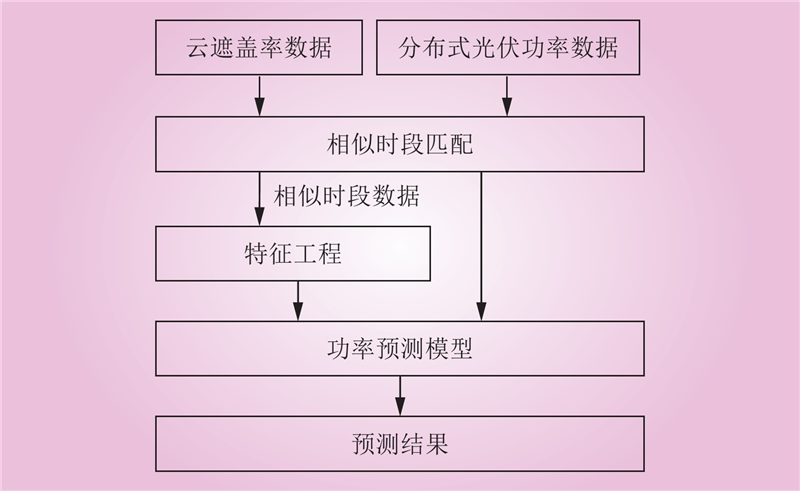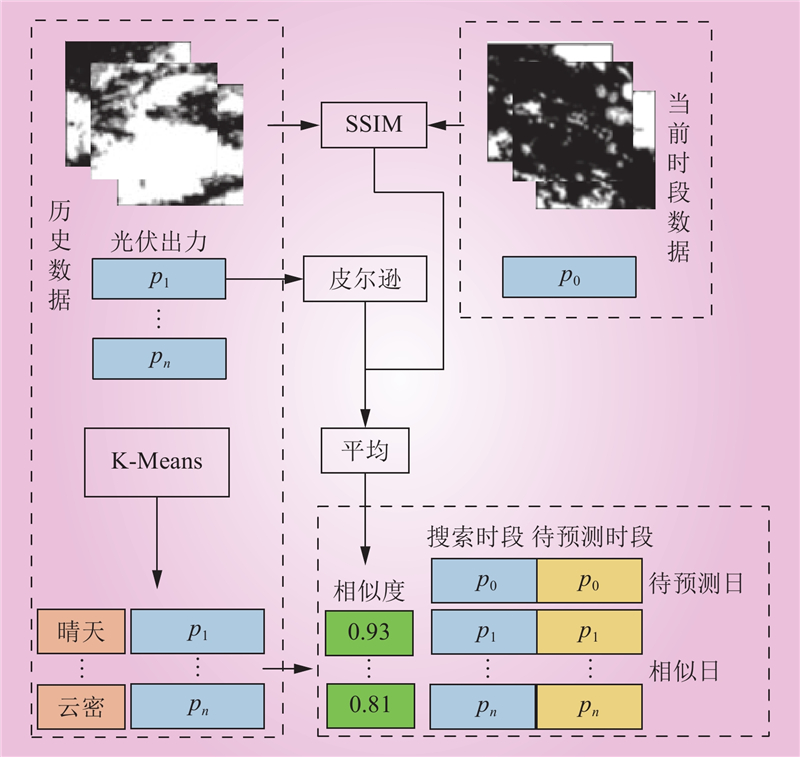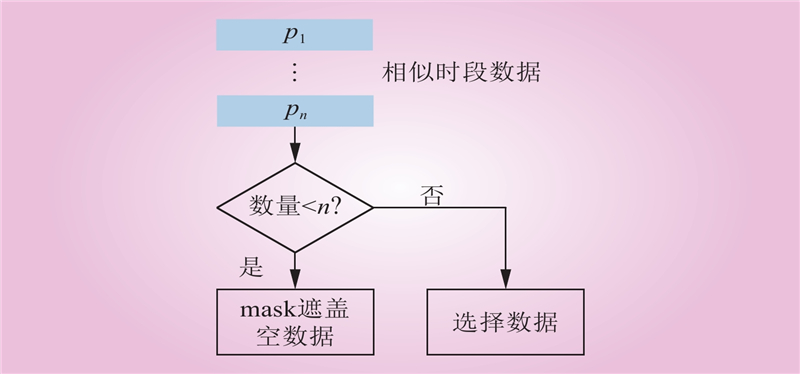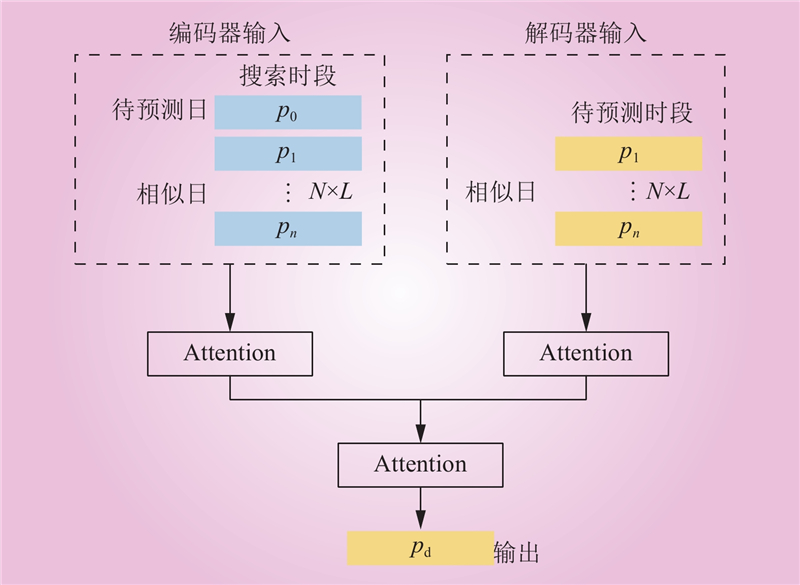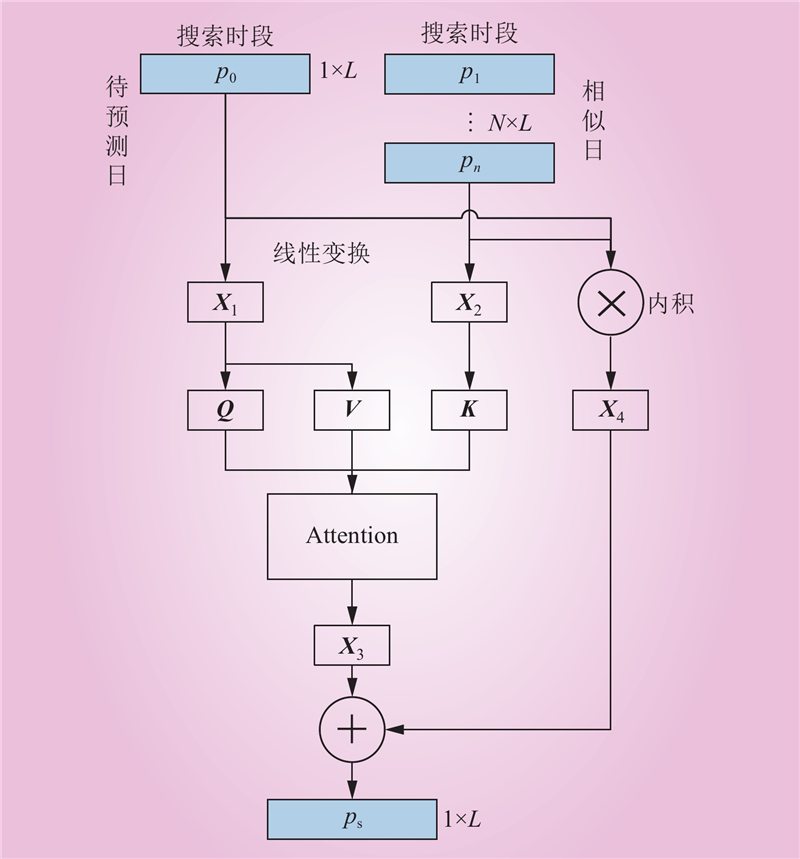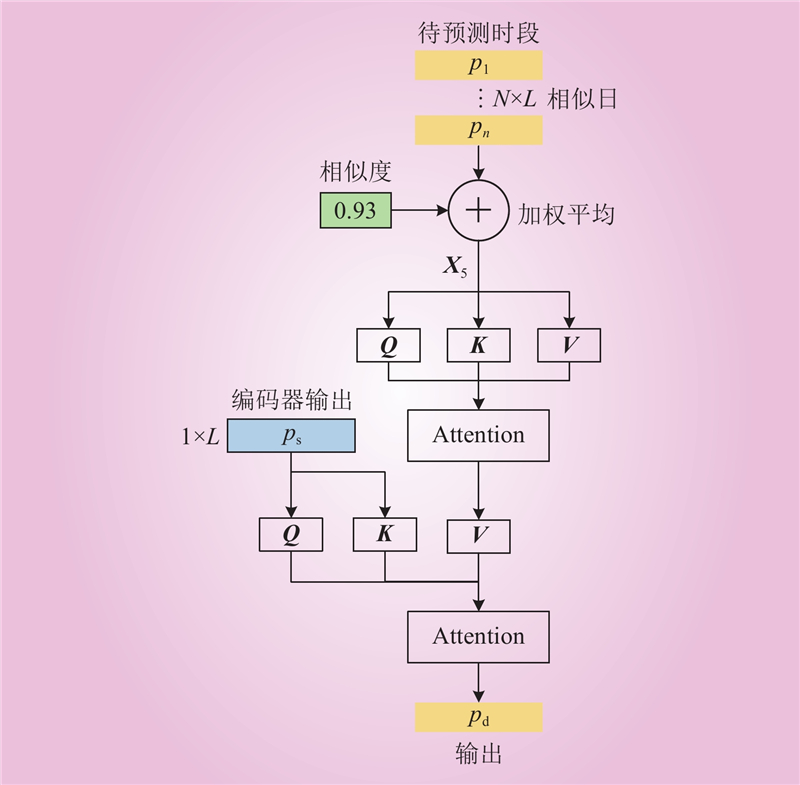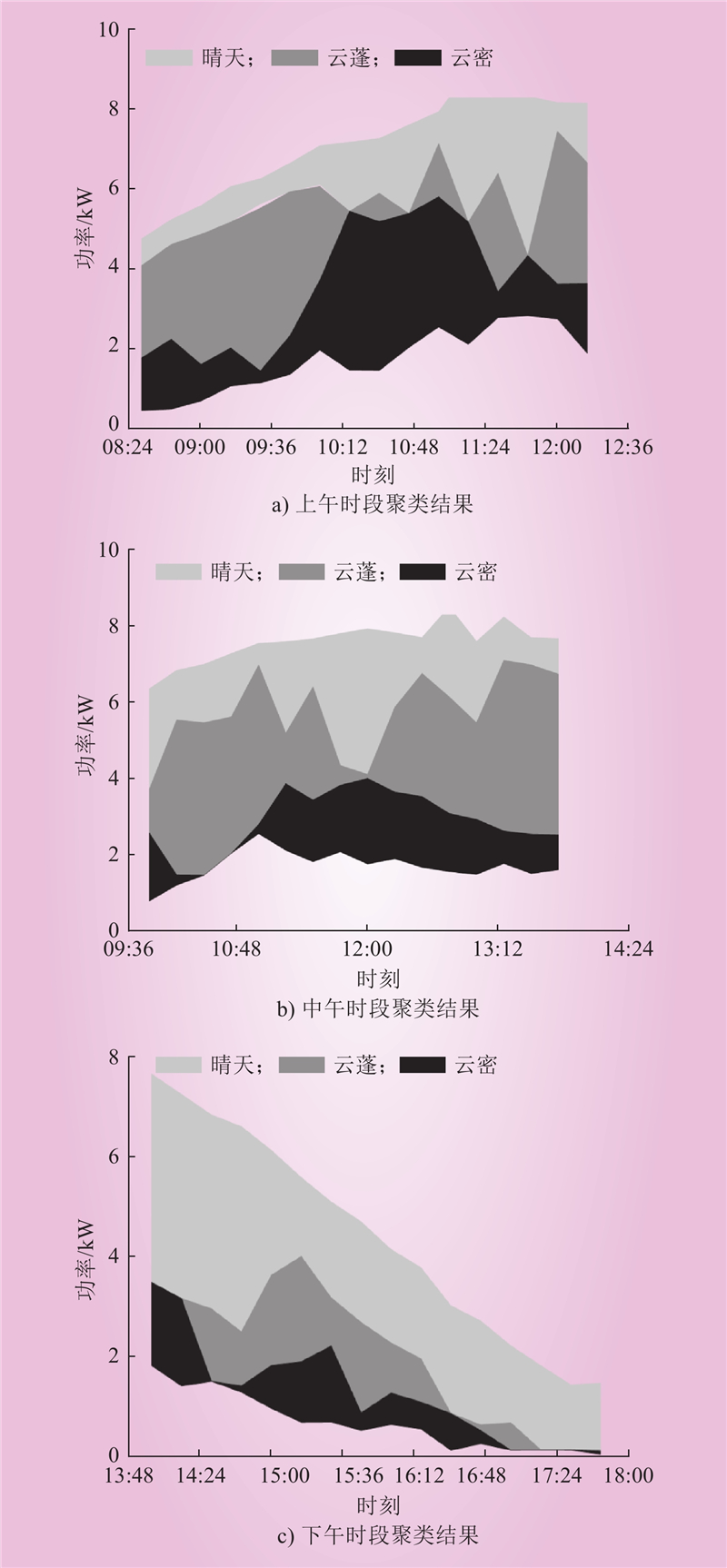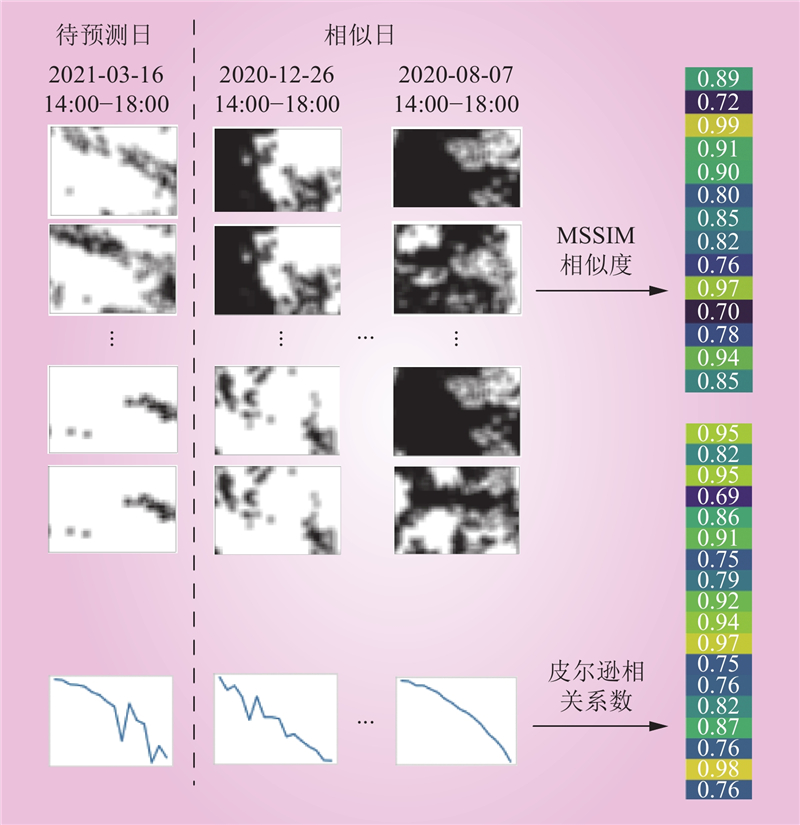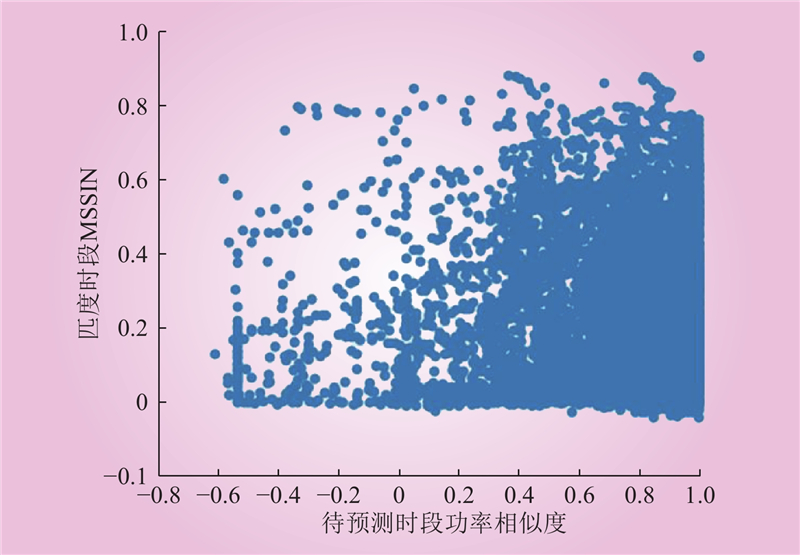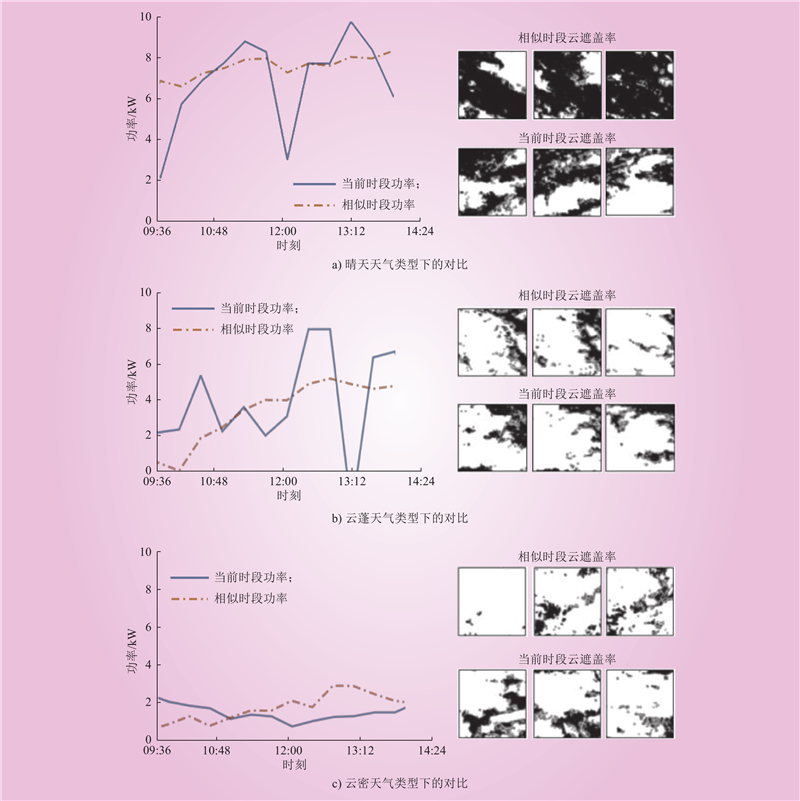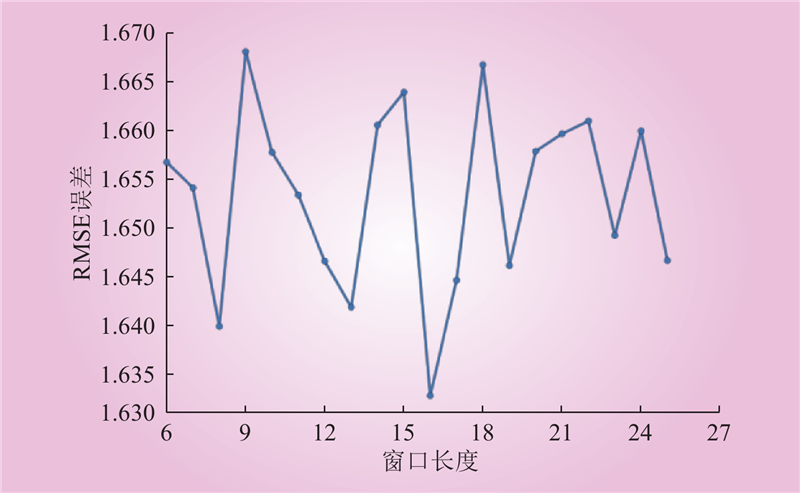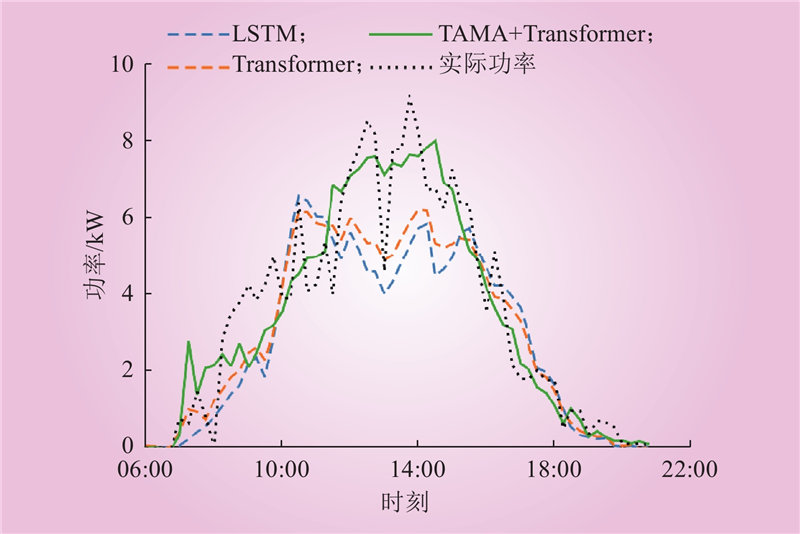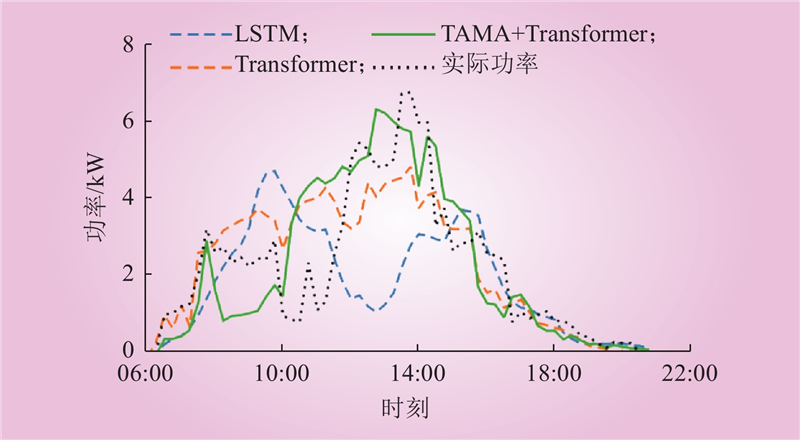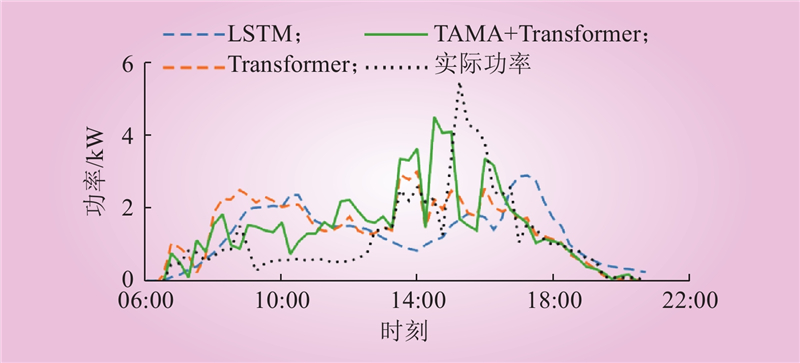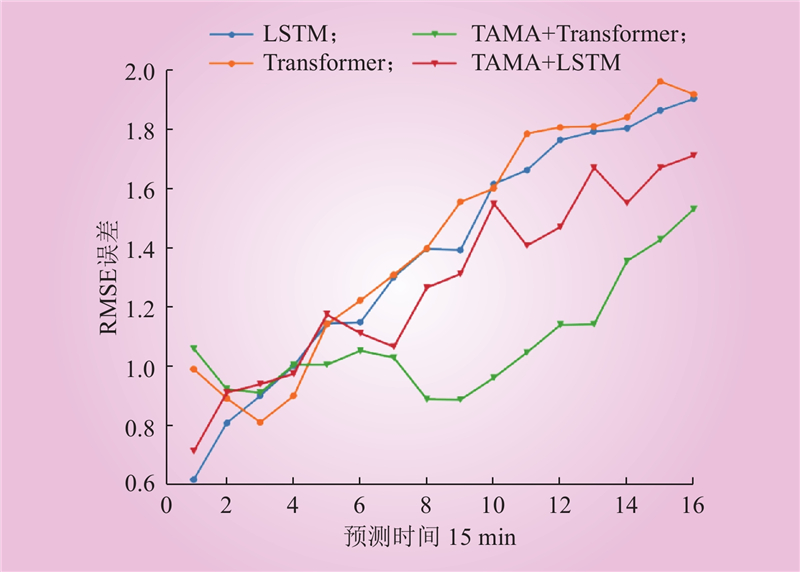| 1 |
国家能源局. 2023年上半年光伏发电建设运行情况[EB/OL]. (2023-07-27) [2023-12-15]. http://www.nea.gov.cn/2023-07/27/c_1310734298.htm.
|
| 2 |
高岩, 吴汉斌, 张纪欣, 等. 基于组合深度学习的光伏功率日前概率预测模型[J]. 中国电力, 2024, 57 (4): 100- 110.
|
|
GAO Yan, WU Hanbin, ZHANG Jixin, et al. Probabilistic forecasting model for day-ahead power generation of centralized photovoltaic stations based on combine deep learning[J]. Electric Power, 2024, 57 (4): 100- 110.
|
| 3 |
顼佳宇, 李伟, 宋宝同, 等. 分布式光伏接入配电网适应性评估 [J/OL]. 电测与仪表, 1–8[2023-11-13] http://kns.cnki.net/kcms/detail/23.1202.TH.20220602.1656.006.html.
|
|
XIANG Jiayu, LI Wei, SONG Baotong, et al. Adaptability evaluation of distributed photovoltaic access distribution network[J/OL]. Electrical Measurement & Instrumentation, 1–8[2023-11-13] http://kns.cnki.net/kcms/detail/23.1202.TH.20220602.1656.006.html.
|
| 4 |
阮呈隆, 李康平, 李正辉, 等. 分布式光伏集群功率短期预测的空间互补特性初探[J]. 电力系统自动化, 2024, 48 (3): 42- 50.
|
|
RUAN Chenglong, LI Kangping, LI Zhenghui, et al. Preliminary study on spatial complementarity characteristics of short-term power forecasting for distributed photovoltaic clusters[J]. Automation of Electric Power Systems, 2024, 48 (3): 42- 50.
|
| 5 |
LI K P, YAN J C, HU L, et al. Two-stage decoupled estimation approach of aggregated baseline load under high penetration of behind-the-meter PV system[J]. IEEE Transactions on Smart Grid, 2021, 12 (6): 4876- 4885.
DOI
|
| 6 |
WANG F, GE X X, DONG Z B, et al. Joint energy disaggregation of behind-the-meter PV and battery storage: a contextually supervised source separation approach[J]. IEEE Transactions on Industry Applications, 2022, 58 (2): 1490- 1501.
DOI
|
| 7 |
MAYER M J, GRÓF G. Extensive comparison of physical models for photovoltaic power forecasting[J]. Applied Energy, 2021, 283, 116239.
DOI
|
| 8 |
黄莉, 甘恒玉, 刘兴举, 等. 基于Transformer编码器的超短期光伏发电功率预测[J]. 智慧电力, 2024, 52 (5): 16- 22, 59.
|
|
HUANG Li, GAN Hengyu, LIU Xingju, et al. Ultra-short-term photovoltaic power generation prediction based on transformer encoder[J]. Smart Power, 2024, 52 (5): 16- 22, 59.
|
| 9 |
张海涛, 李文娟, 李雪峰, 等. 基于变分模态分解和时间注意力机制TCN网络的光伏发电功率预测[J/OL]. 电测与仪表: 1–8 [2024-05-25]. http://kns.cnki.net/kcms/detail/23.1202.th.20240510.1542.003.html.
|
|
ZHANG Haitao, LI Wenjuan, LI Xuefeng, et al. Photovoltaic power forecasting based on TPA-TCN model and variational modal decomposition[J/OL]. Electrical Measurement & Instrumentation: 1–8 [2024-05-25]. http://kns.cnki.net/kcms/detail/23.1202.th.20240510.1542.003.html.
|
| 10 |
张家安, 王琨玥, 陈建, 等. 基于空间相关性的分布式光伏出力预测[J]. 电力建设, 2020, 41 (3): 47- 53.
|
|
ZHANG Jiaan, WANG Kunyue, CHEN Jian, et al. Research on prediction of distributed photovoltaic output considering spatial relevance[J]. Electric Power Construction, 2020, 41 (3): 47- 53.
|
| 11 |
王彪, 吕洋, 陈中, 等. 考虑信息时移的分布式光伏机理-数据混合驱动短期功率预测[J]. 电力系统自动化, 2022, 46 (11): 67- 74.
|
|
WANG Biao, LYU Yang, CHEN Zhong, et al. Hybrid mechanism-data-driven short-term power forecasting of distributed photovoltaic considering information time shift[J]. Automation of Electric Power Systems, 2022, 46 (11): 67- 74.
|
| 12 |
ZHANG M, ZHEN Z, LIU N, et al. Optimal graph structure based short-term solar PV power forecasting method considering surrounding spatio-temporal correlations[J]. IEEE Transactions on Industry Applications, 2023, 59 (1): 345- 357.
DOI
|
| 13 |
王玉庆, 徐飞, 刘志坚, 等. 基于动态关联表征与图网络建模的分布式光伏超短期功率预测[J]. 电力系统自动化, 2023, 47 (20): 72- 82.
|
|
WANG Yuqing, XU Fei, LIU Zhijian, et al. Ultra-short-term power forecasting of distributed photovoltaic based on dynamic correlation characterization and graph network modeling[J]. Automation of Electric Power Systems, 2023, 47 (20): 72- 82.
|
| 14 |
赵洪山, 孙承妍, 温开云, 等. 无气象信息条件下基于AGCRN的分布式光伏出力超短期预测方法[J]. 高电压技术, 2024, 50 (1): 65- 73.
|
|
ZHAO Hongshan, SUN Chengyan, WEN Kaiyun, et al. Ultra-short-term prediction of distributed photovoltaic power method based on AGCRN in the absence of meteorological information[J]. High Voltage Engineering, 2024, 50 (1): 65- 73.
|
| 15 |
WANG Y Q, FU W J, ZHANG X D, et al. Dynamic directed graph convolution network based ultra-short-term forecasting method of distributed photovoltaic power to enhance the resilience and flexibility of distribution network[J]. IET Generation, Transmission & Distribution, 2024, 18 (2): 337- 352.
|
| 16 |
臧海祥, 程礼临, 刘玲, 等. 基于数据驱动的太阳辐射估计和预测研究与展望[J]. 电力系统自动化, 2021, 45 (11): 170- 183.
|
|
ZANG Haixiang, CHENG Lilin, LIU Ling, et al. Research and prospect for data-driven estimation and prediction of solar radiation[J]. Automation of Electric Power Systems, 2021, 45 (11): 170- 183.
|
| 17 |
王涛, 王旭, 许野, 等. 计及相似日的LSTM光伏出力预测模型研究[J]. 太阳能学报, 2023, 44 (8): 316- 323.
|
|
WANG Tao, WANG Xu, XU Ye, et al. Study on LSTM photovoltaic output prediction model considering similar days[J]. Acta Energiae Solaris Sinica, 2023, 44 (8): 316- 323.
|
| 18 |
李超然, 潘鹏程, 杨伟荣, 等. 基于改进相似日优化HBA-BiLSTM-KELM的光伏发电功率预测[J]. 太阳能学报, 2024, 45 (5): 508- 516.
|
|
LI Chaoran, PAN Pengcheng, YANG Weirong, et al. Research on PV system power forecasting based on improved similar day and HBA-BiLSTM-KELM neural network[J]. Acta Energiae Solaris Sinica, 2024, 45 (5): 508- 516.
|
| 19 |
LIU X J, LIU Y Y, KONG X B, et al. Deep neural network for forecasting of photovoltaic power based on wavelet packet decomposition with similar day analysis[J]. Energy, 2023, 271, 126963.
DOI
|
| 20 |
张青山, 王丽婕, 郝颖, 等. 基于卫星云图和晴空模型的分布式光伏电站太阳辐照度超短期预测[J]. 高电压技术, 2022, 48 (8): 3271- 3281.
|
|
ZHANG Qingshan, WANG Lijie, HAO Ying, et al. Ultra-short-term solar irradiance forecasting of distributed photovoltaic power stations based on satellite cloud images and clear sky model[J]. High Voltage Engineering, 2022, 48 (8): 3271- 3281.
|
| 21 |
YAN J C, HU L, ZHEN Z, et al. Frequency-domain decomposition and deep learning based solar PV power ultra-short-term forecasting model[J]. IEEE Transactions on Industry Applications, 2021, 57 (4): 3282- 3295.
DOI
|
| 22 |
HE K M, GKIOXARI G, DOLLÁR P, et al. Mask R-CNN[C]//2017 IEEE International Conference on Computer Vision (ICCV). Venice, Italy. IEEE, 2017: 2980–2988.
|
| 23 |
VASWANI A, SHAZEER N, PARMAR N, et al. Attention is all you need[C]//NIPS 2017, CA, USA, 2017.
|


